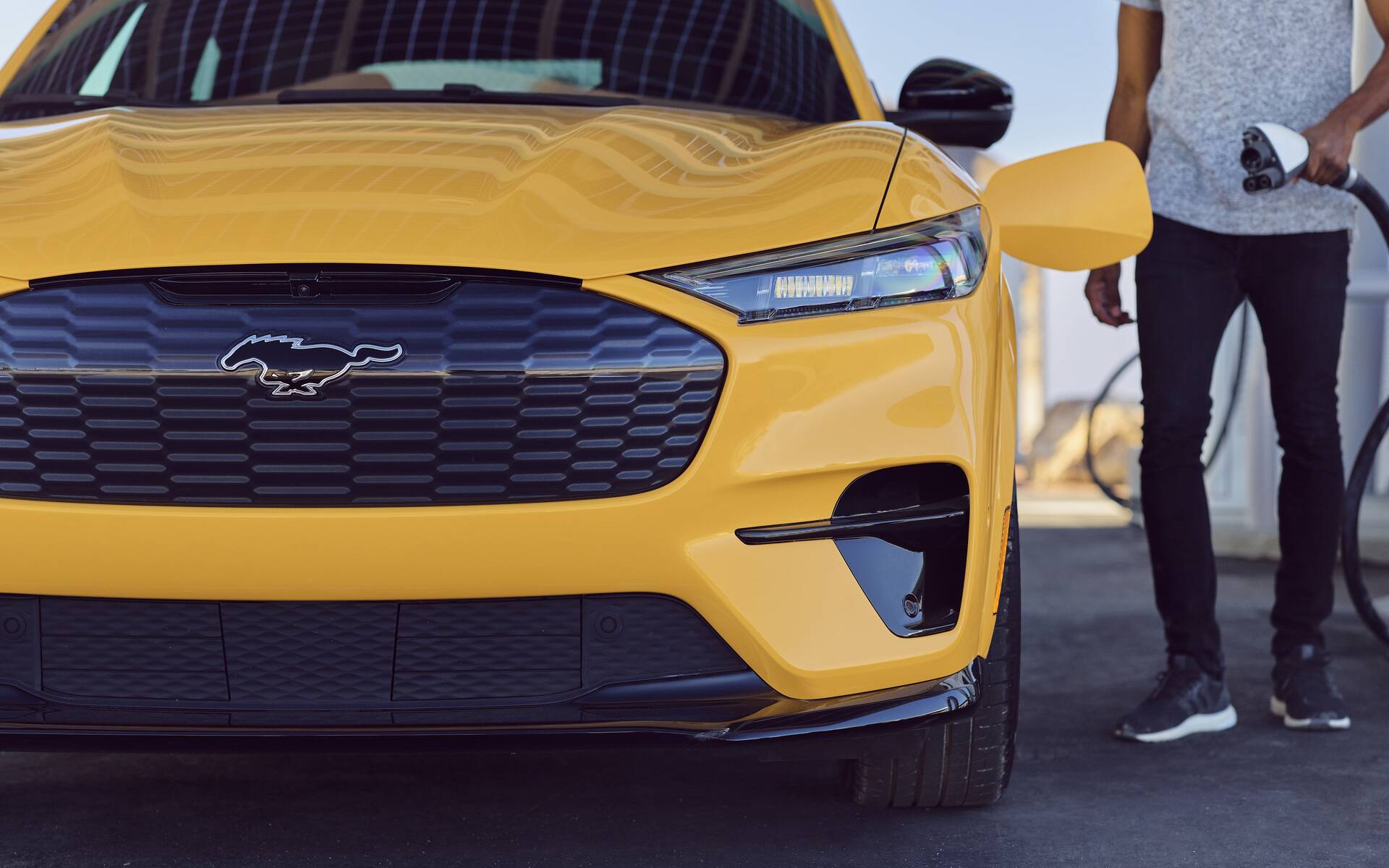Ford Cuts 3,000 Jobs to Fund Massive EV Shift
It’s official: Ford will let go 3,000 salaried and contract employees—or about 1.6 percent of its global workforce—in order to reduce costs and have more money to spend on the development of electric vehicles.
The job cuts are effective September 1. Most will be in the U.S., Canada and India including about 2,000 salaried jobs and 1,000 contract positions with suppliers and outside agencies.
- Also: Ford CEO Confirms Second Electric Pickup to be Built in the U.S.
- Also: Ford’s Future Electric SUVs Will Have to Wait
The affected employees, split between the Ford Blue, Ford Model e and Ford Credit divisions, were informed this week in an email signed by Executive Chairman Bill Ford and CEO Jim Farley.
"Building this future requires changing and reshaping virtually all aspects of the way we have operated for more than a century. It requires focus, clarity and speed. And, as we have discussed in recent months, it means redeploying resources and addressing our cost structure, which is uncompetitive versus traditional and new competitors," according to a copy of the email obtained by The Wall Street Journal.

Earlier this year, Farley said that Ford has too many employees, many of which lack the skills or experience needed to power the automaker's transition to electric and connected vehicles.
In the longer term, Ford aims to slash its annual costs by $3 billion USD by 2026 and spend about $50 billion on EVs over five years.
Also, customers can expect significant price increases in Canada and the U.S. on a number of 2023 models including the F-150 Lightning and Mustang Mach-E.












